1. Pandas
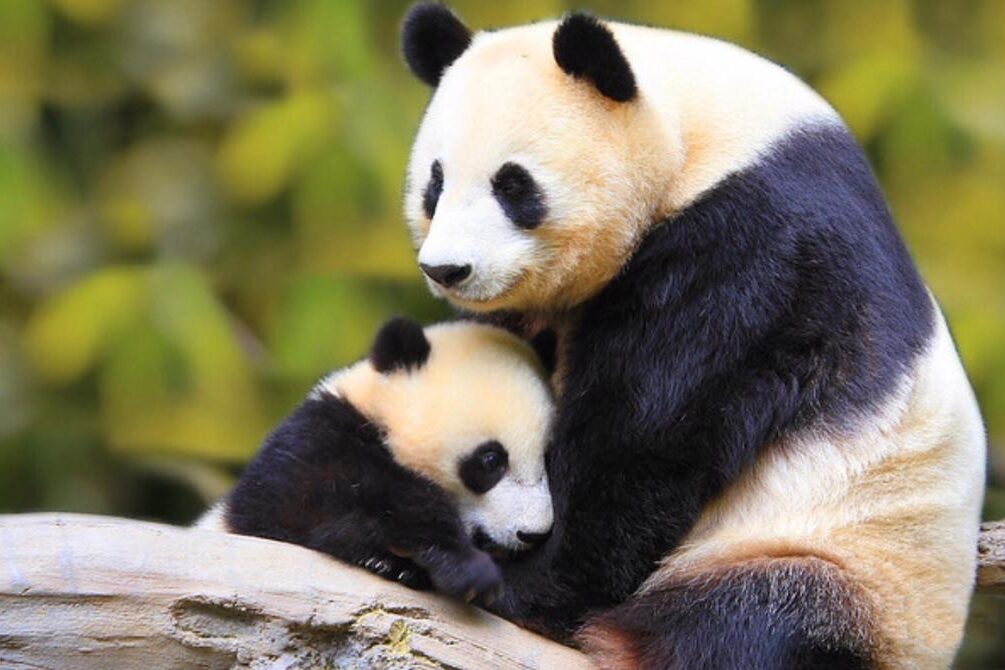
Pandas often give birth to twins, but despite that moment of joy, mother pandas usually focus all their care on just one cub. Their diet, nearly 100% bamboo, offers limited nutrition, and the mother simply can’t produce enough milk to support two babies. Leftover strength is poured into the stronger twin while the other is sadly abandoned. Interestingly, this behavior isn’t rare, it’s the norm. In most zoos and wild habitats, panda moms choose the one cub most likely to survive, ignoring or abandoning the weaker one. Occasionally, caretakers intervene, swapping twins so both get nursing time, but without such human “tag‑team care,” mothers still stick to raising just one.
2. Rabbits
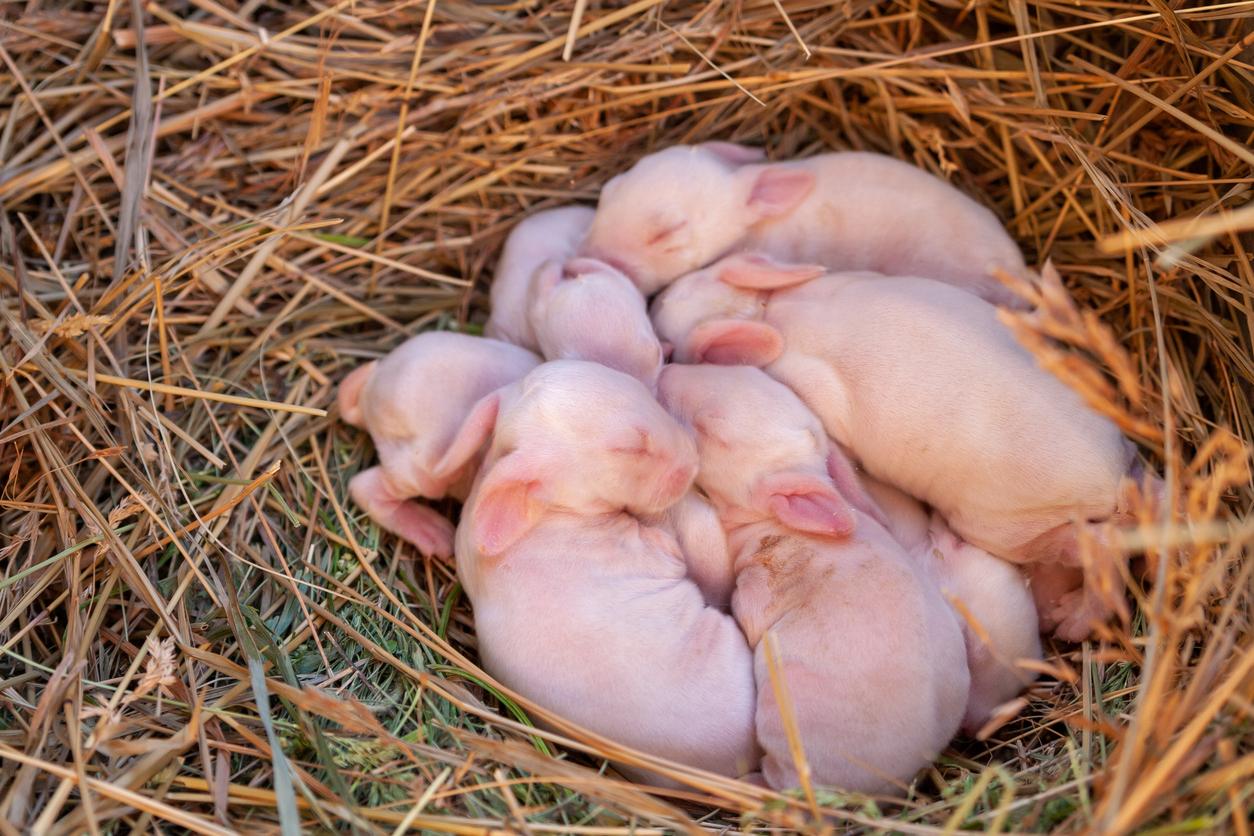
You might spot a cozy nest of baby rabbits tucked in grass and worry their mother has abandoned them, but that’s not how things work in the wild. Female rabbits, called does, purposely minimize their presence at the nest to avoid drawing the attention of predators. They typically visit their kits just twice a day, around dawn and dusk, and stay only a few minutes to nurse and groom before quietly slipping away. This brief care routine might seem neglectful, but it’s a strategic adaptation. By limiting exposure, the mom reduces the risk of leading a predator to her vulnerable babies. Even though they’re unseen most of the day, the kits are fed, clean, and growing for about three to four weeks before venturing out on their own. So the next time you see a nest of still, silent bunnies, know mom is probably on her way back soon.
3. Hamsters
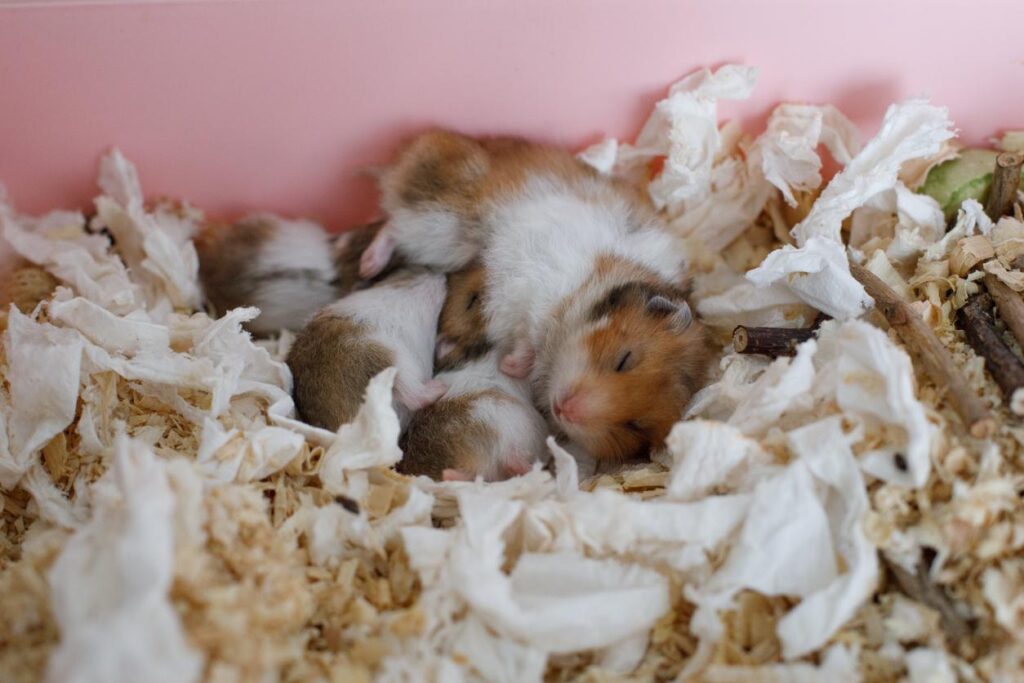
These tiny furballs can sometimes turn on their own babies when things get tough. A mother hamster under stress, whether from loud noises, too much handling, or feeling crowded, may eat her pups. She might also cull the litter if she’s short on food or feels unable to care for all the offspring, especially if there are more pups than her twelve nipples can feed. Inexperienced moms are especially at risk of resorting to this grim behavior. A first-time mother, still learning how to nurture, may panic and mistake healthy babies for threats or as distractions. It’s all driven by instinct: she protects her legacy by eliminating what she can’t properly support. With better care, quiet surroundings, abundant food and water, minimal handling, the chances of such harsh outcomes drop significantly.
4. Cuckoos

Cuckoo birds are infamous for outsourcing altricial parenting. Rather than raising their own chicks, female cuckoos lay eggs in other birds’ nests, tricking unsuspecting parents into raising the intruder. When that cuckoo chick hatches, it often pushes out the host’s eggs or young, monopolizing the food and attention. It’s evolution at its most cunning. By exploiting the care of other species, the cuckoo frees itself from parental ties, investing all its energy in egg-laying instead. The host parents, deceived by the cuckoo’s mimicry, end up nurturing a creature that isn’t theirs, often losing their own offspring in the process.
5. Black Eagles
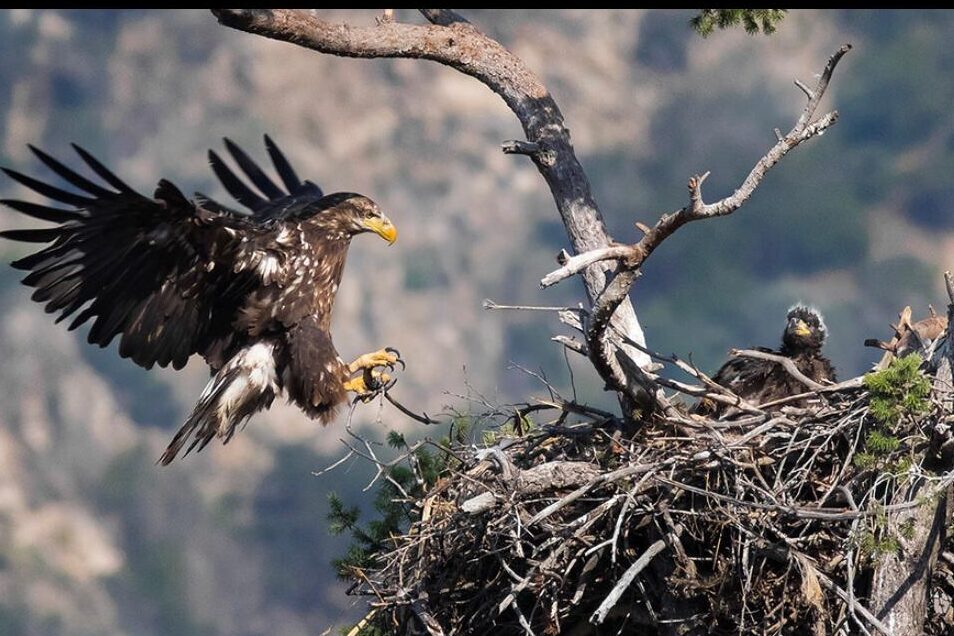
Black eagle mothers lay multiple eggs, but only the strongest chick gets to live. Soon after hatching, siblicide sets in: the dominant chick often kills its weaker sibling by pushing them out of the nest or blocking them from nursing. The mother lets this brutal contest play out unrestrained. This strategy ensures that the surviving chick receives all resources, food, warmth, care, without sharing. In the harsh wilderness where competition is fierce and survival uncertain, investing in one robust offspring is often wiser than weak attempts to raise more than one.
6. Harp Seals
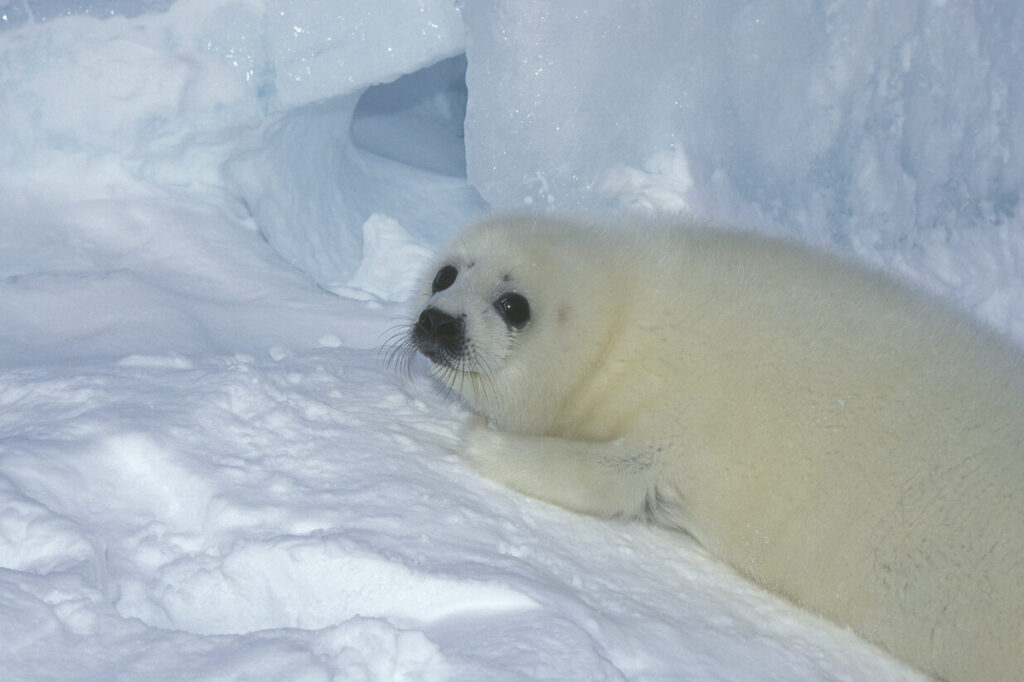
Harp seal pups experience a dramatic shift in care. For the first 12 days after birth, the mom seals nurse them intensively with rich milk, and then she abruptly vanishes, leaving the pups on drifting ice. Left alone, they must survive until they grow fur thick enough to endure the cold and hunt. The abrupt abandonment may seem harsh, but in reality it’s strategic. Nursing calves get extremely rich milk, up to 60% fat, but after those 12 days, the pup is too heavy and the ice too fragile to support mom and pup together. Higher risks await, but sealing their fate with quick nourishment helps pups fatten up and strengthen for the icy trials ahead.
7. Spotted Hyenas
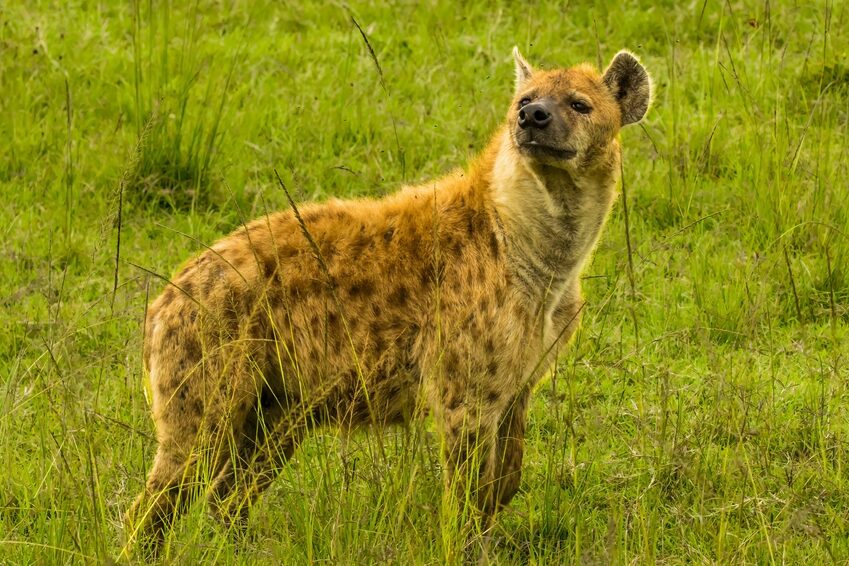
Spotted hyena dens are bustling with activity, and sometimes, that activity turns deadly. High-ranking female hyenas, who enjoy more access to food and social power, may kill cubs in the communal den, including those related to other females, as a harsh tactic to reduce future competition. They might grab a cub by the skull and crush it, much like they do prey, targeting weaker or rival offspring. This form of infanticide isn’t always about hunger, often it’s about social dominance. In some studies, one in ten cub deaths in hyena populations resulted from adult female aggression, typically occurring when cubs from different maternal lines competed for status. Even among siblings, the stronger may kill the weaker, or the mother may withhold care, so that the survivor gets all the attention and resources. That one child often grows faster and fares better thanks to exclusive nutrition.
8. Sparrows
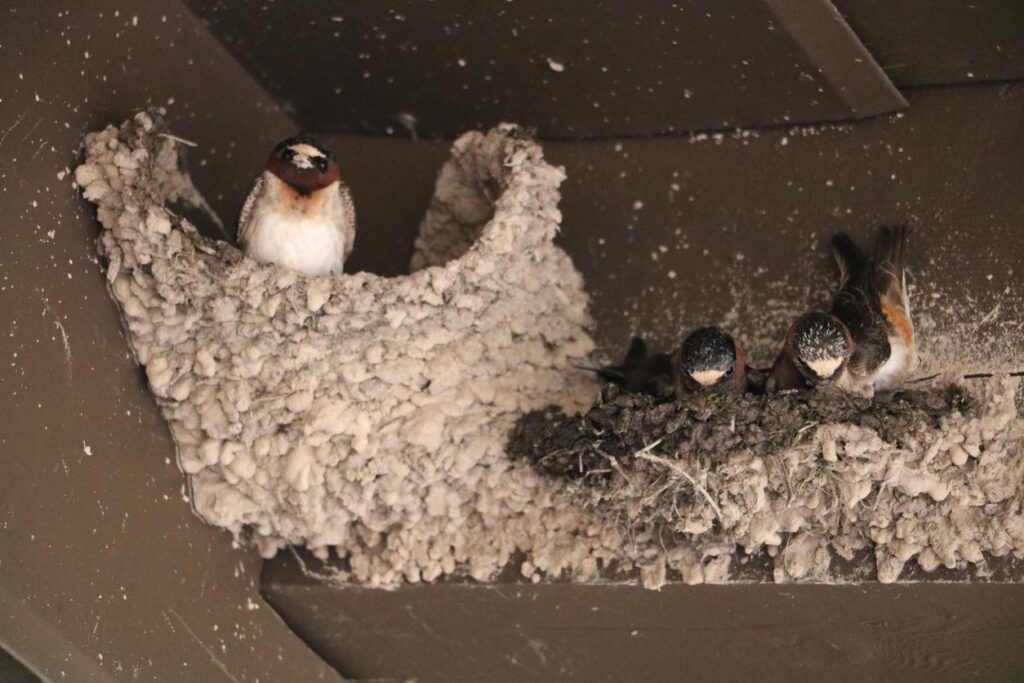
In the tight confines of a sparrow’s nest, only the fittest chicks make the cut. When food is scarce, mother sparrows may remove weaker chicks, or those with a slight disability, to better support the stronger ones. This ruthless behavior ensures that her efforts yield at least a few healthy offspring rather than many undernourished ones. Although it can be grim, it’s not uncommon in bird species that must make quick decisions for survival. By focusing care on the nestlings most likely to thrive, sparrow moms increase the odds of raising at least some children to fledging.
9. Cane Toad Tadpoles
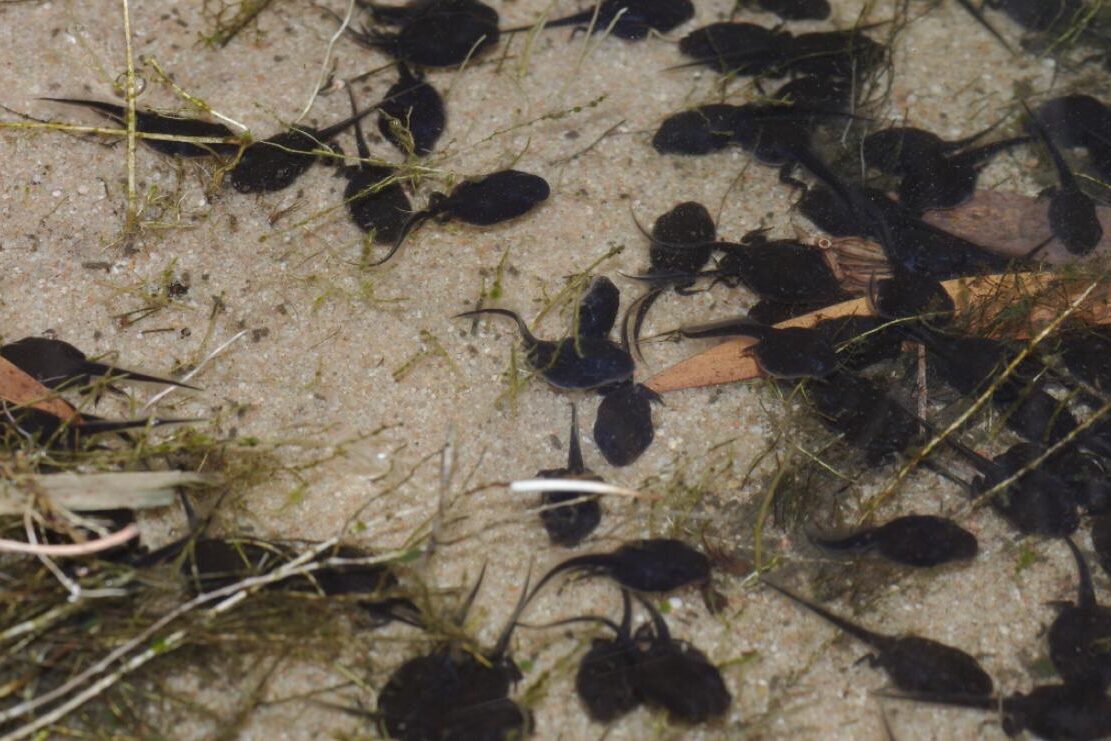
Cane toads may seem harmless, but their tadpoles are surprisingly cannibalistic. When placed in crowded ponds or when food is scant, they turn on each other. Even more shocking, a tadpole may eat unfertilized eggs, even those produced by its siblings, as a nutrient-rich meal. This frightening behavior helps ensure that some tadpoles mature when resources are low. By reducing competition and gaining protein from eggs, survivors boost their chances of completing metamorphosis.
10. Caecilians
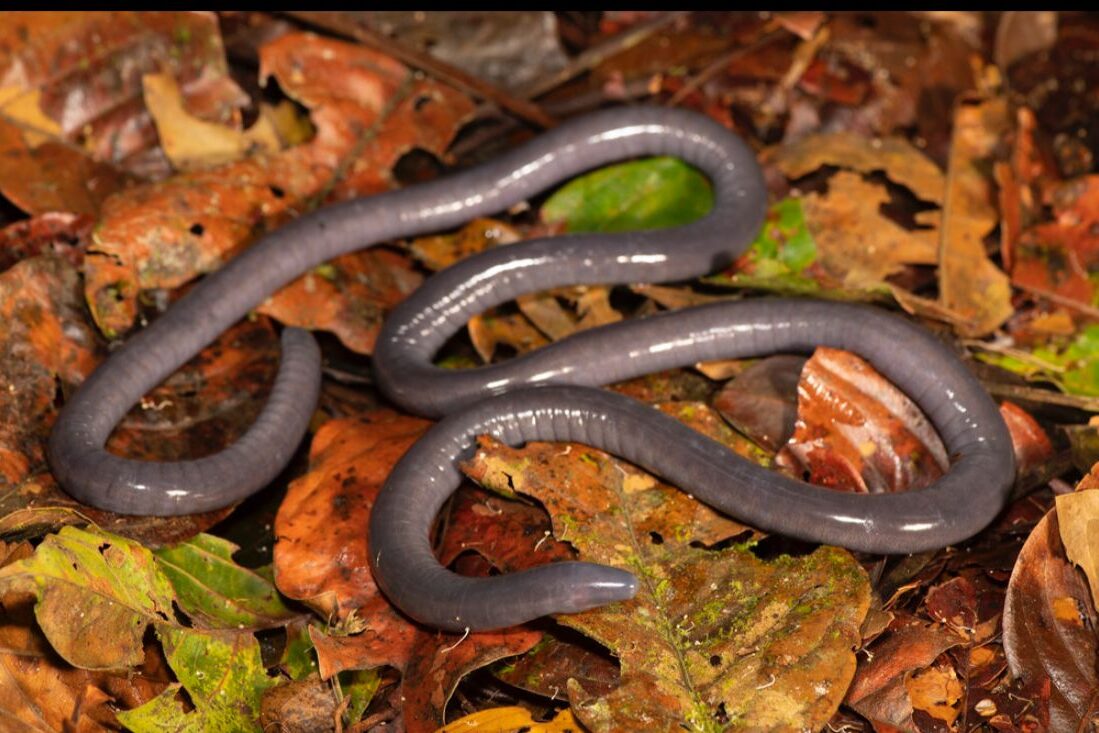
Caecilians, legless amphibians resembling worms, exhibit one of nature’s most extreme maternal strategies. After hatching, their young nibble on the mother’s own skin, which becomes specially adapted with high-fat nutrients. The mom sloughs off the top layer of skin regularly, enabling the babies to feed on it for weeks. It’s a bizarre but effective form of parental care. Instead of hunting or foraging early on, the offspring rely entirely on the mother’s nutrient-rich skin until they’re ready for a more normal diet. This method ensures they’d get sustenance even in habitats where food is scarce or hard to find.
11. Eagles
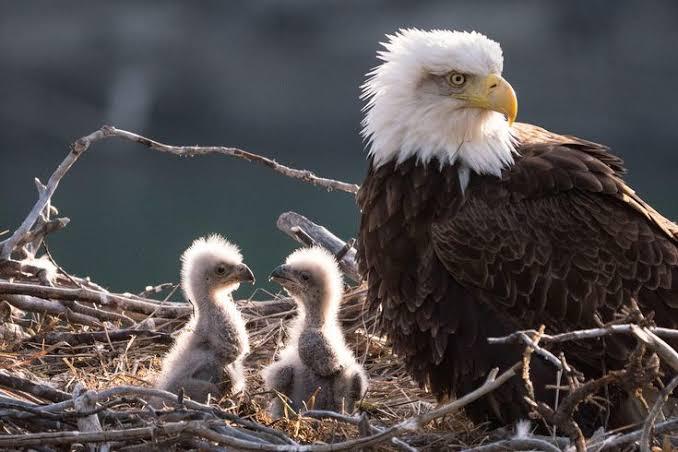
Mother eagles sometimes stand by as their chicks fight it out, a striking example of nature’s practical thinking. In golden eagles, this “Cainism” often kicks in when food is scarce: the first-hatched chick grows stronger and more aggressive, attacking its younger sibling, pecking, pushing, or outright killing it, while the mother does not intervene. In many nests, this behavior drains the fragile sibling of the will to beg, causing it to starve. On rare occasions, the aggressor even eats its fallen sibling. This approach might seem cold, but it’s about survival odds. By supporting the toughest chick alone, the mother maximizes the chances that at least one offspring will thrive in a harsh environment. It sheds the risk of raising two undernourished eagles in times of limited prey.
12. Snub‑Nosed Monkey
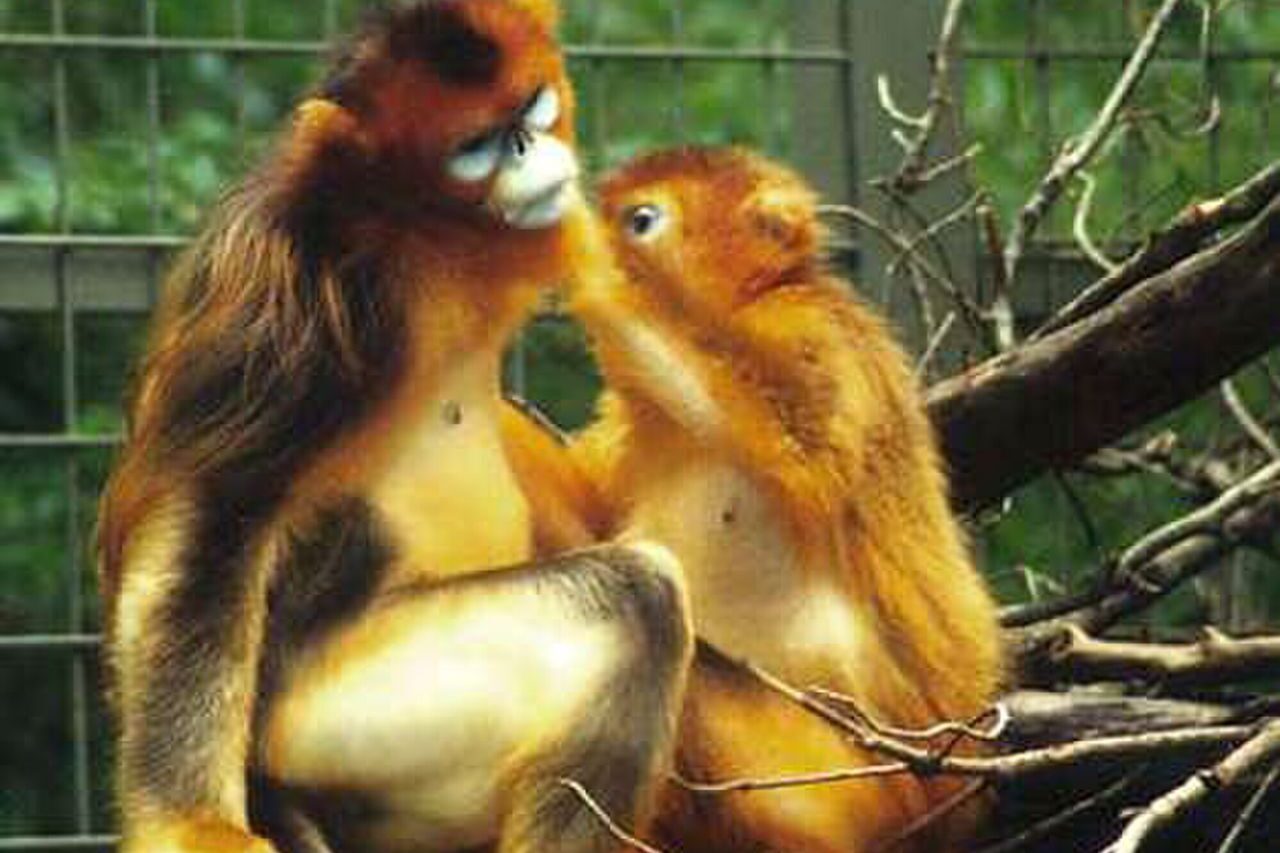
During seasonal migrations or food shortages, groups of snub-nosed monkeys sometimes leave behind infants that are sick, injured, or deformed, a heartbreaking but pragmatic choice. While outright infanticide is rare, there have been documented cases: a one-month-old black-and-white snub-nosed monkey was killed by a male in Tibet, possibly as part of social restructuring. In other instances, mothers have simply abandoned weaker or ill babies during long group treks, unable to care for them in harsh terrain. These behaviors aren’t capricious cruelty, they’re linked to survival of the group. In resource-poor environments, an ailing infant could slow the entire troop and reduce the chances of all surviving. Though tough, such actions prioritize the health and cohesion of the group during perilous times.
This story 12 of Nature’s Harshest Mothers, and Why Their Babies Rarely Get a Second Chance was first published on Daily FETCH


